One of the most frequent home repair jobs is air conditioner maintenance. Nonetheless, more people put off diagnosing and repairing their air conditioners because they lack the necessary skills or self-assurance to identify and resolve common issues. This manual offers crucial procedures for effective HVAC maintenance, emphasising the diagnosis and air conditioner repair. You can identify the source of problems and perform affordable fixes by following these procedures.
Prioritising Safety
Ensuring safety is the priority in any HVAC repair project. Before starting any work, turn off the air conditioner’s electricity at the main electrical panel. It stops unintentional electric shocks. When handling any parts, put on safety glasses and gloves as protection. When handling refrigerant lines, exercise caution as the high-pressure refrigerant in air conditioners can cause frostbite if it escapes.
Examine the Unit
Examine the outdoor air conditioner unit visually to ensure there are no evident issues. Check for items like rust, damage, dirt accumulation, or overgrown vegetation or debris obstructing ventilation. Examine the indoor air filter, and if it is unclean, replace or clean it. Airflow restriction and system strain can be caused by a filthy filter. Verify that all of the indoor and outdoor units’ panels and access points are firmly in place. Air leaks, either hot or cold, can occur from loose panels.
Evaluate the System
Verify that all electrical connections to the air conditioner are tight and undamaged while the power is still off. After that, switch the thermostat to “cool” mode and turn the power back on at the main panel. When the system first powers on, pay attention to any strange sounds or behaviours it exhibits. The fan and compressor motors ought to turn on silently and smoothly. Feel the lines coming into and going out of the outdoor unit. If the refrigerant is circulating, the line coming in should be hot and the line going out should be chilly.
Determine the Issue
A safety switch, relay, capacitor, or thermostat is most likely the problem if the system doesn’t turn on at all. A sporadic start-up may indicate loose wiring. Unusual sounds made during operation are a sign of technical problems with the fan or compressor motors. The most common causes of improper cooling are low refrigerant, a clogged filter obstructing airflow, or problems with airflow. Through thorough testing of each component, the source of the issue can be identified.
Troubleshoot particular problems
Concentrate your troubleshooting efforts on the likely problem area that you have discovered. The following are some typical problems with air conditioners and their fixes:
Low or no cooling: First, look for airflow/ventilation obstructions and check the refrigerant levels. It could be necessary to fix air leaks or add refrigerants.
Noisy operation: Check for wear on the compressor and fan motors and belts. Vibration sounds may be the result of loose mounting or alignment problems.
Won’t turn on: Verify the wiring and thermostat settings. Replacing broken relays, capacitors, or the thermostat itself might be necessary.
Water leaks: Check drain pipes for kinks or obstructions that are impeding appropriate drainage. Replace the drain pan if there are rust problems.
Odours: Use vinegar or coil cleaning to remove mildew or mould from the evaporator coil and drain pan area.
Ice buildup: Frost accumulation is probably being caused by low refrigerant. It could be necessary to remove and recharge the system.
Perform Short-Term Fixes
Purchase and install the item if it is evident that a certain component, such as the thermostat or capacitor, needs to be replaced. A qualified expert should collect refrigerant and apply the appropriate amount for safety and performance when dealing with problems like low refrigerant levels. You can fix short-term issues to get the system working in the interim. To determine whether a part needs to be replaced, remove obstructions in the airflow, tighten slack fittings, or start the compressor. Just be careful not to use the system until it has been completely restored if it is broken or acting strangely.
Employ a Pro to Do Large Tasks
While a homeowner can perform many small repairs and routine maintenance tasks, more complicated problems might call for expert assistance. There are several indicators that a specialist should be called in: despite troubleshooting, the system isn’t cooling at all; odd electrical issues are happening; refrigerant lines are leaking; or the compressor is making grinding or knocking noises. With their education, equipment, and qualifications, HVAC technicians are qualified to safely identify and address more complex issues. Additionally, they can do an annual inspection of your system to find minor problems before they become costly repairs.
When to Change Aging Equipment
Older air conditioners may survive longer with repairs, but homeowners must also decide when to replace them. Indications that a new system might be necessary include:
Frequent repairs are no longer economically viable. The system may be getting close to the end of its useful life if a technician has addressed identical problems on several occasions in a short time.
Significant leaks of refrigerant are irreparable. Refrigerants can be wasted when tiny leaks in refrigerant lines occur over time and are hard to find and fix.
There is significant air leakage or inadequate insulation in the ductwork. Effective ducts are essential for heat transfer; unconnected or crumbling ducts reduce efficiency.
To save energy expenses, think about replacing your old air conditioner with one that has the greatest (Seasonal Energy Efficiency Ratio) rating possible for your climate. Additionally, search for versions with two-stage compressors for quiet, effective operation and materials resistant to corrosion. Installing a thermostat with programming can maximise energy use.
Homeowners can benefit from dependable cooling from their HVAC systems for many years with appropriate preventative maintenance and prompt repairs or replacements. Gaining a fundamental understanding of the parts and troubleshooting of air conditioners allows for cost-effective, efficient maintenance that increases equipment longevity.
Conclusion:
Homeowners can save money by performing routine maintenance and repairs themselves by being knowledgeable about the basic parts of air conditioners and troubleshooting techniques. It is possible to identify trouble areas by carefully testing each system and adhering to safety regulations. Temporary fixes can get the air conditioner working again, but more significant problems call for a qualified expert. For many common air conditioner issues, efficient HVAC repair is attainable with a little knowledge.
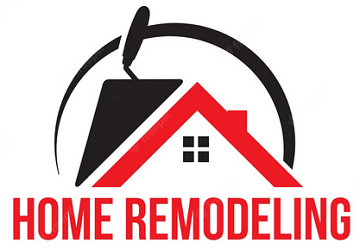
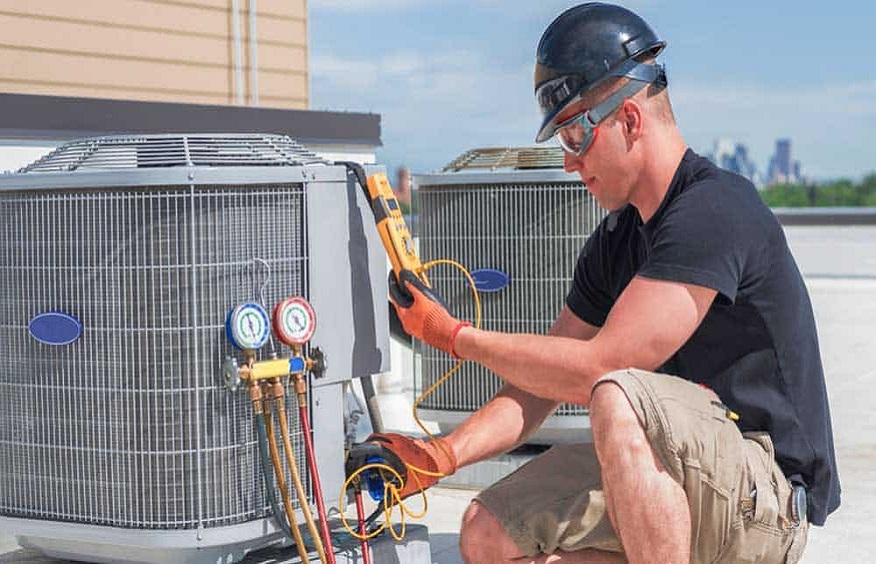





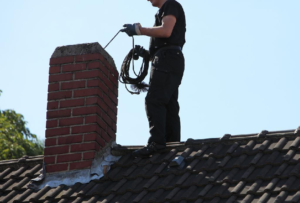


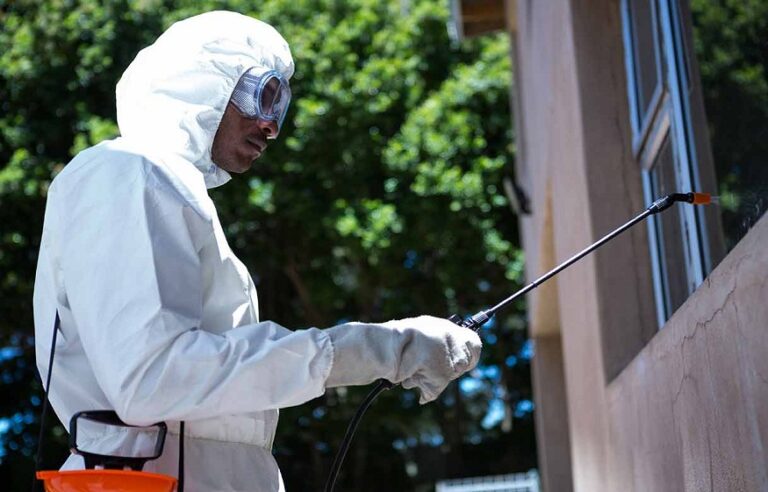
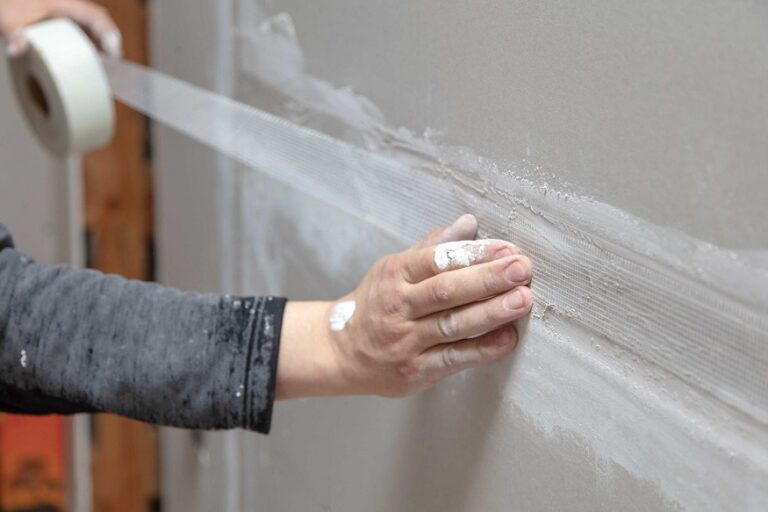
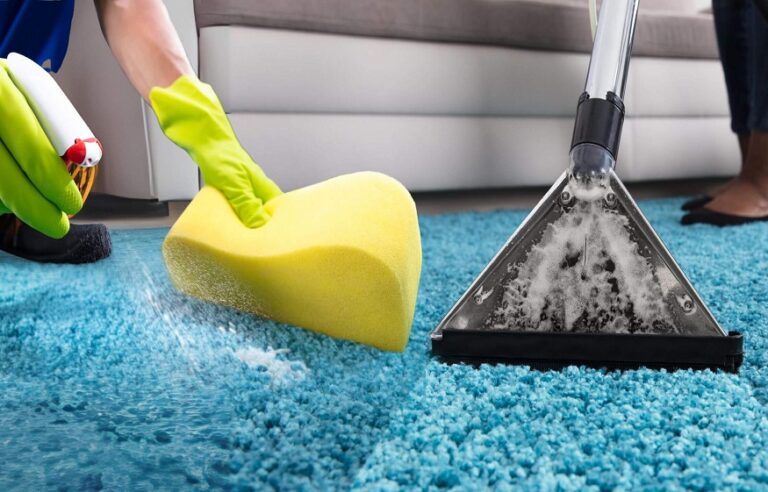
+ There are no comments
Add yours